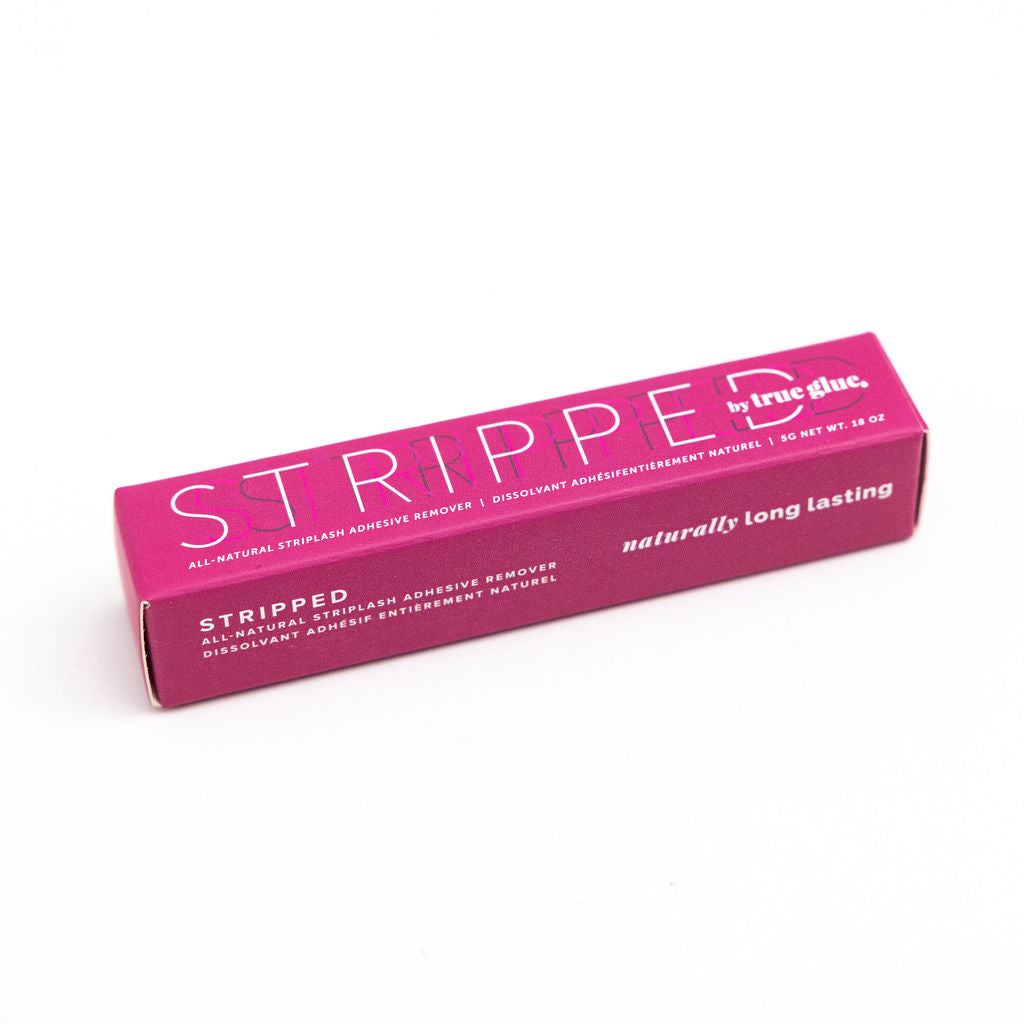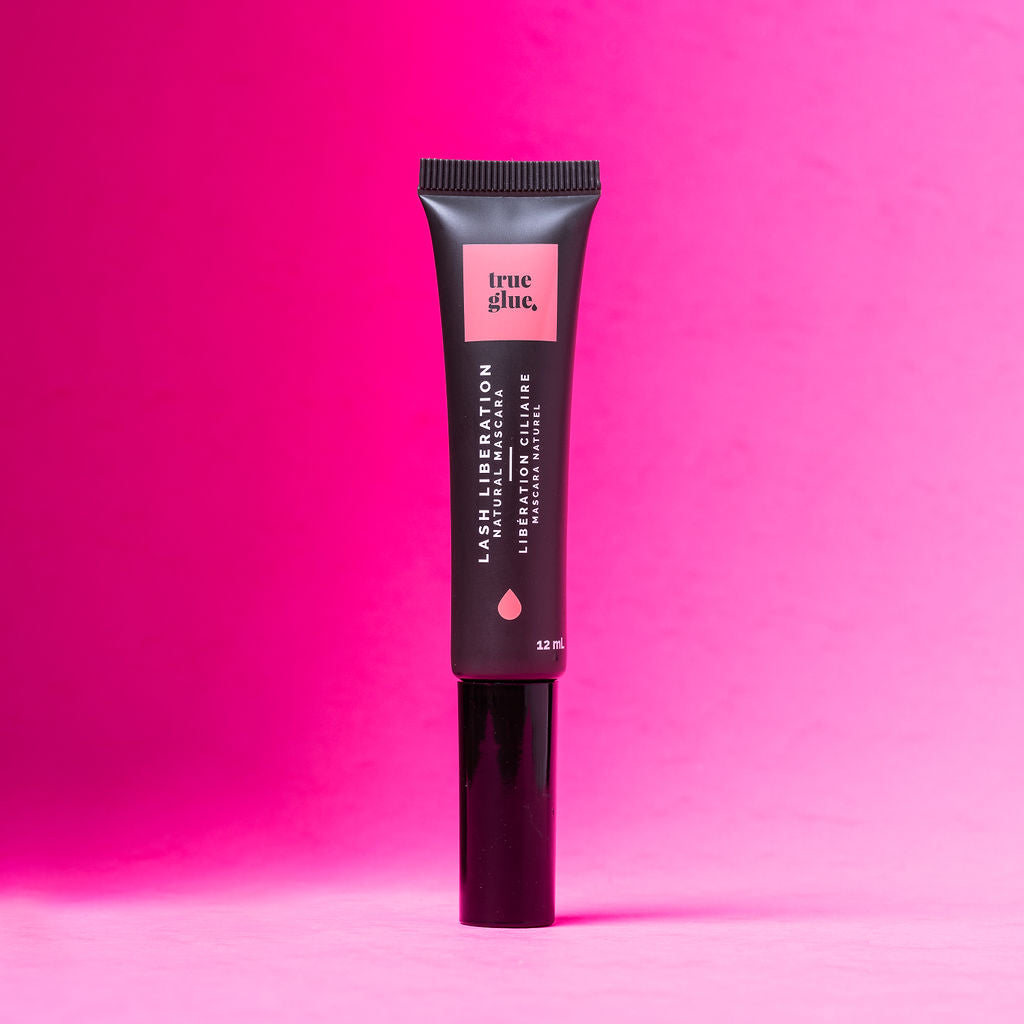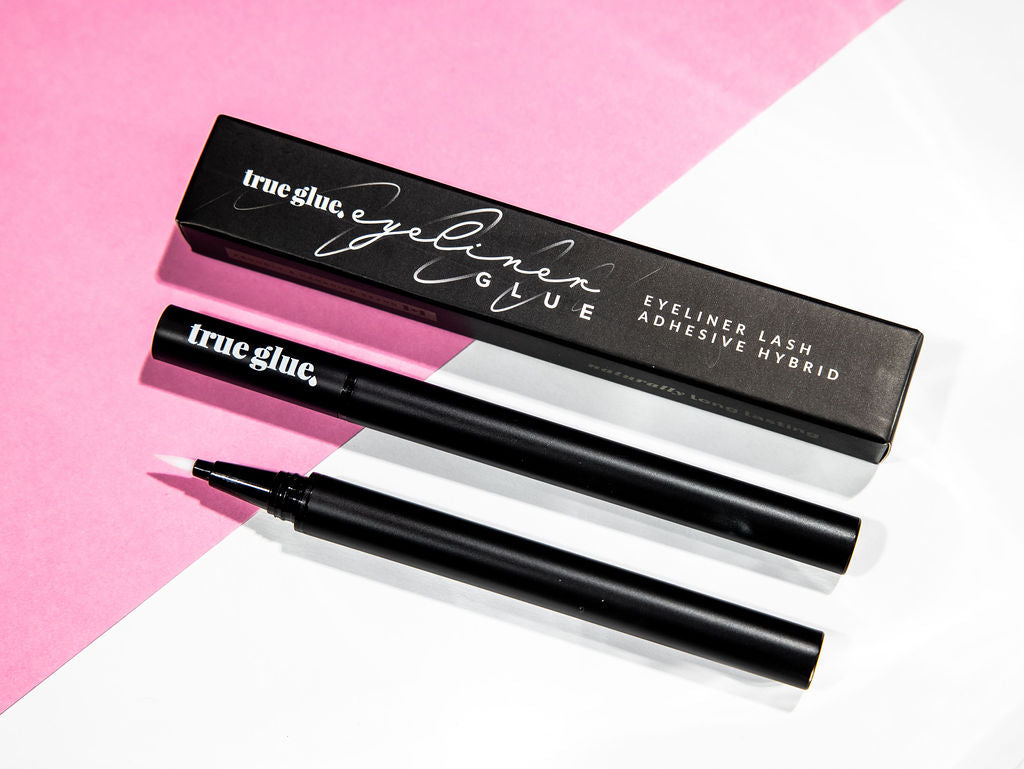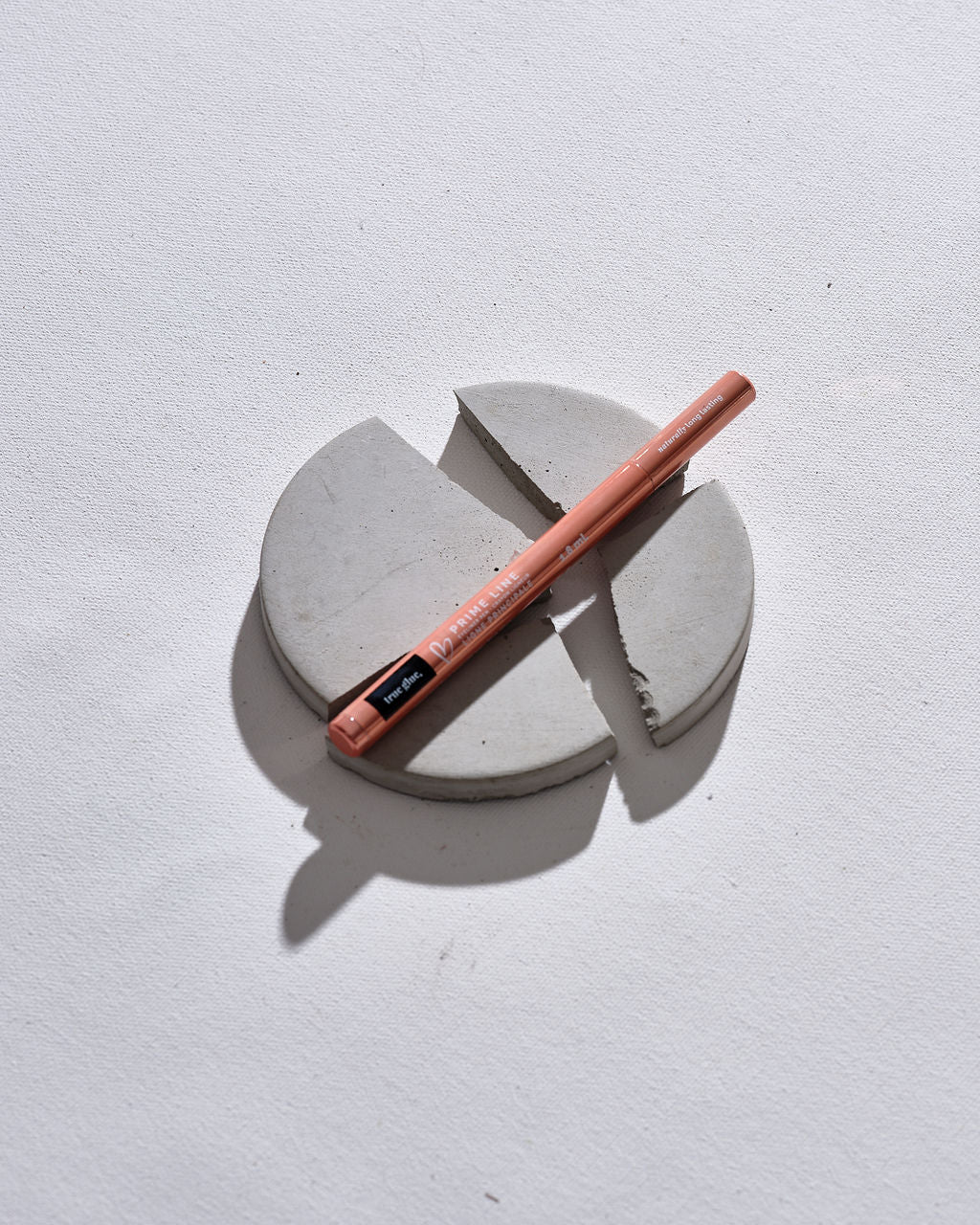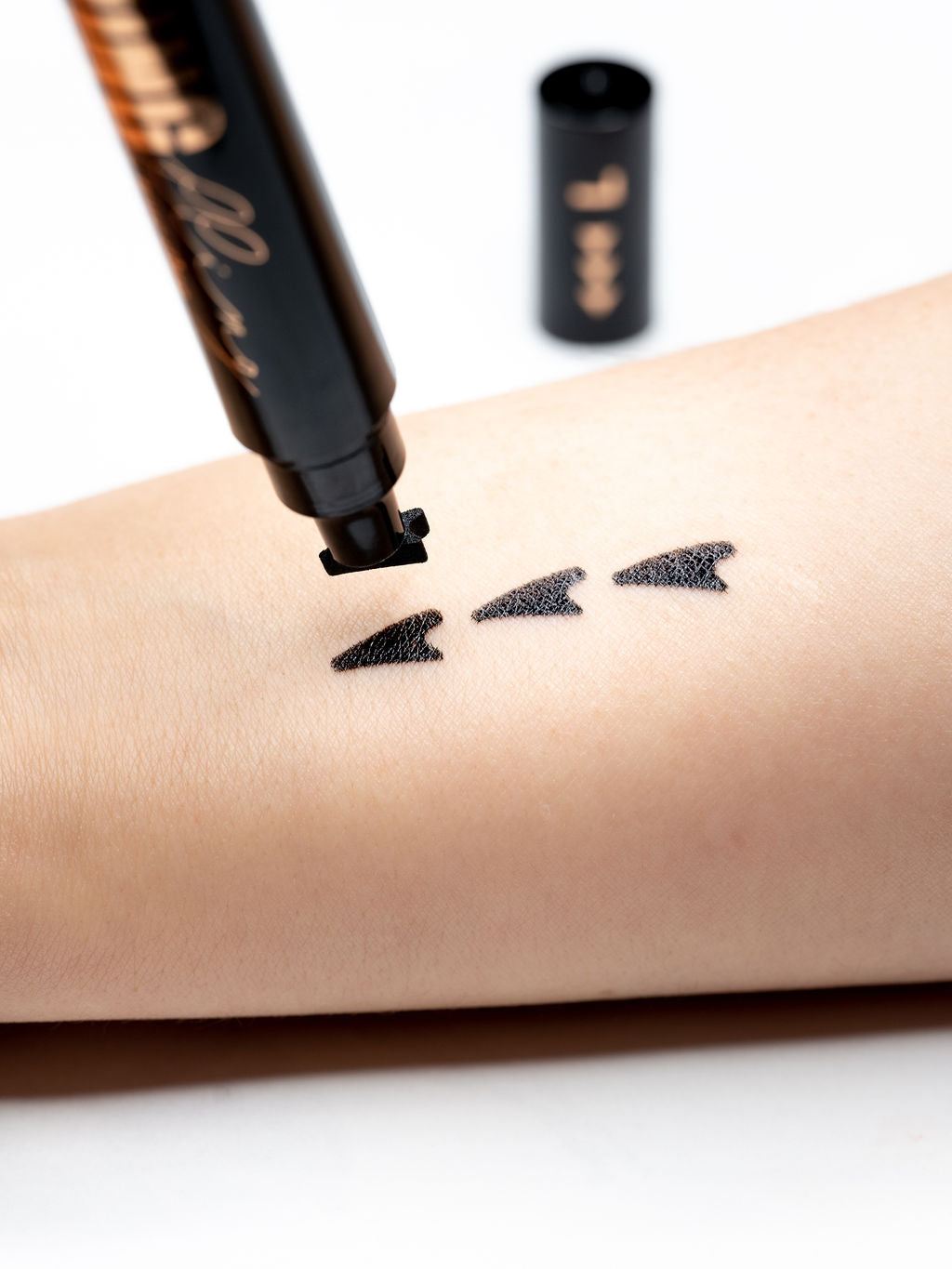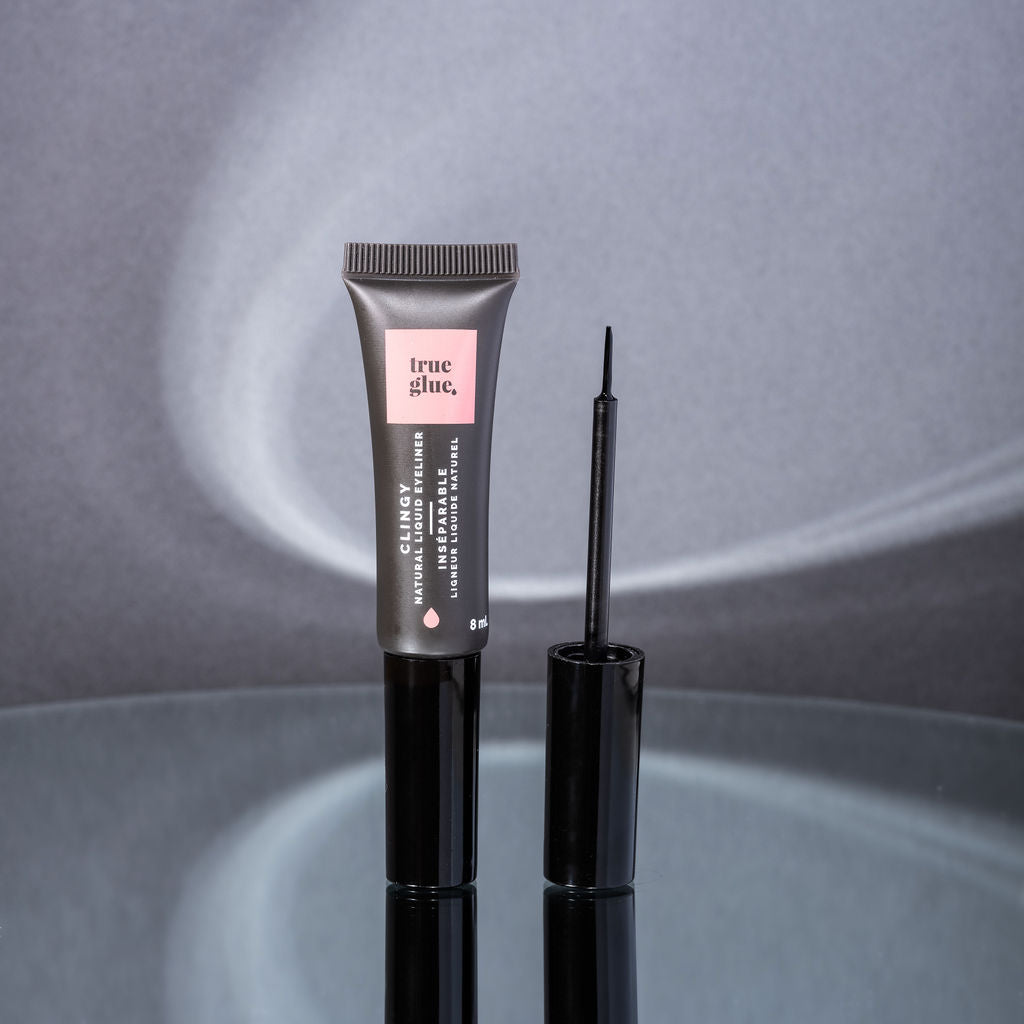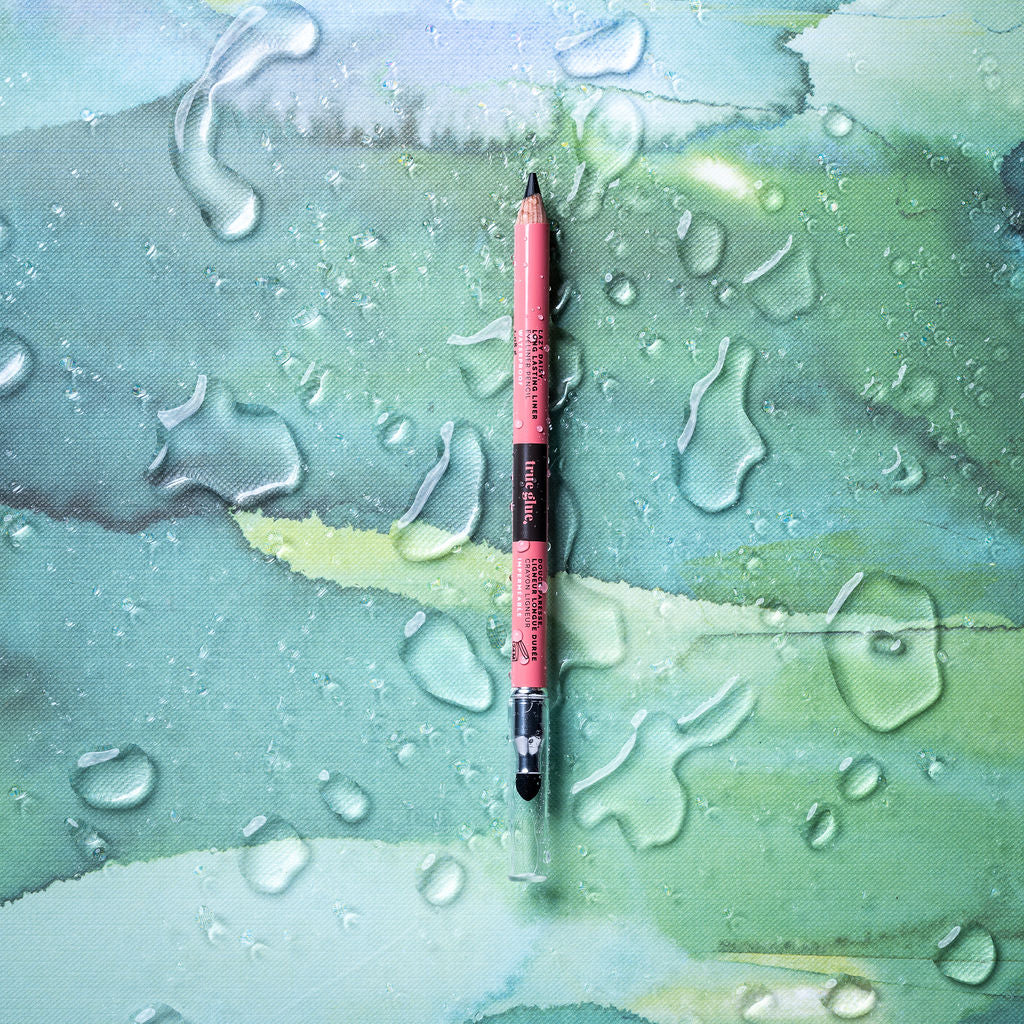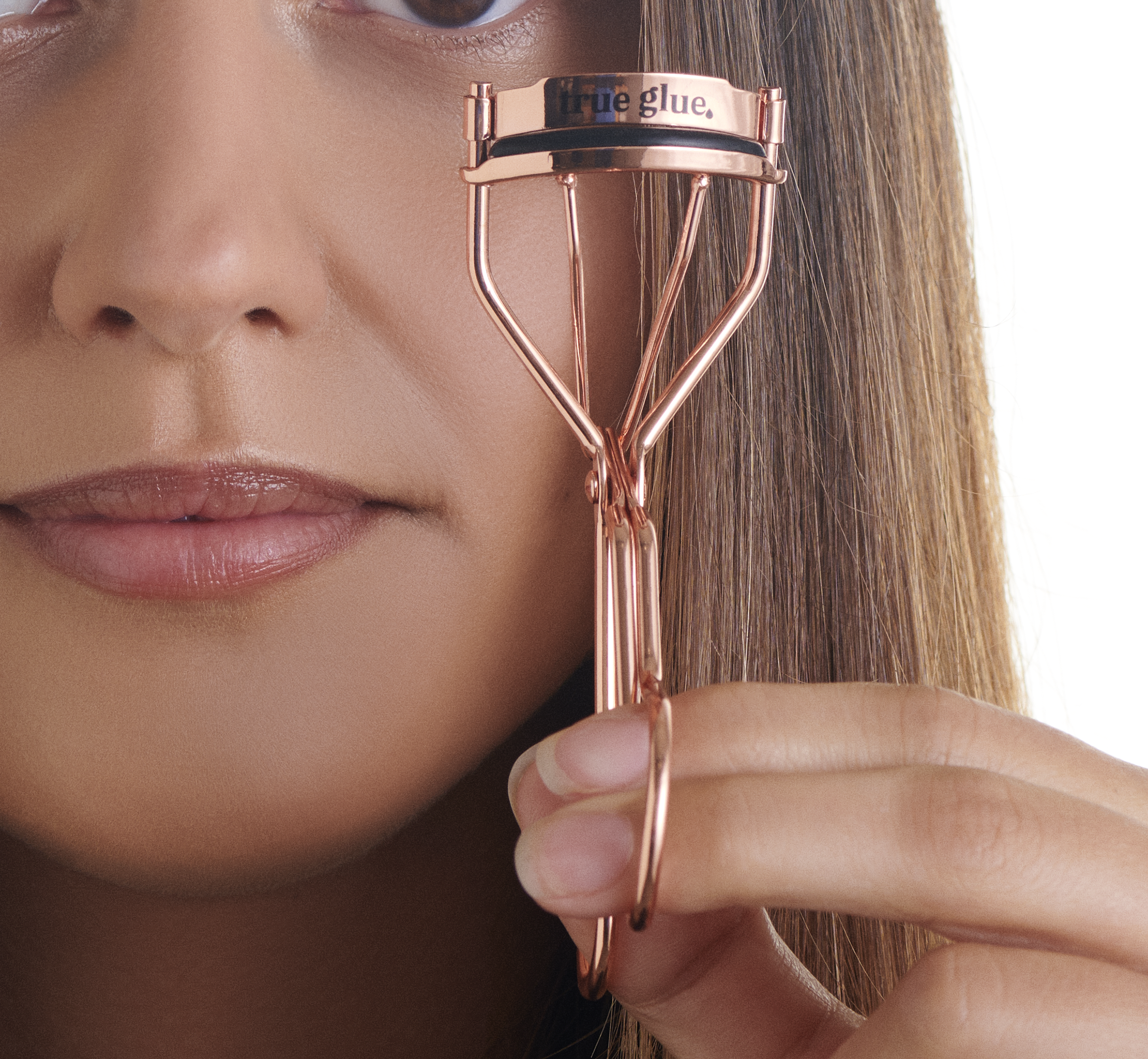- Cerussa. This word, in Latin, means “sugar of lead.” As this ominously implies, cerussa consisted of white lead shavings which were dissolved in vinegar. After this liquid was dried, it was pounded into cakes – to be applied to the face as a whitening agent. Lead, of course, is poisonous – and the Romans were well-aware of this fact. Thus, some Roman women chose to use a much safer alternative: chalk dust.
- Cinnabar. Cinnabar is another name for this disturbingly-dangerous chemical combo: red mercuric sulphide and red lead. Both of these substances are poisonous to humans, but cinnabar was nonetheless used as a blush. This sinister tale doesn’t end there, however – mercury poisoning still occurs today because of its use in some so-called “skincare” products. And just as many women today prefer safer makeup compounds, so too did some Roman women – who opted to use natural ingredients like rose petals, instead of cinnabar.
- Kohl. One of the most famous cosmetic ingredients of antiquity (Cleopatra, it is said, applied it as an eyeliner), kohl was made by crushing lead sulfide into fine particles. This is yet another instance where lead – an extremely poisonous substance – made its way into cosmetic preparations. Sadly, today kohl is still rampantly used in many parts of the world, including India.






